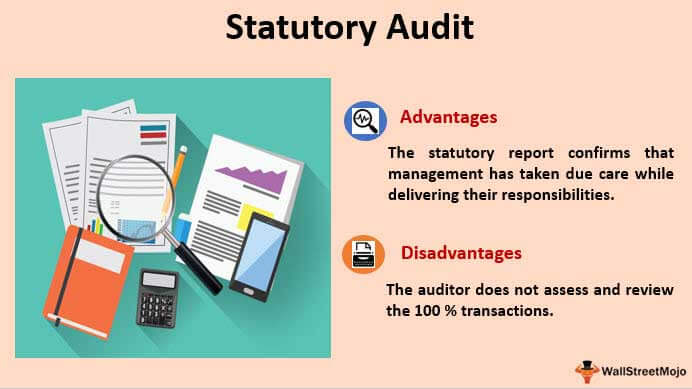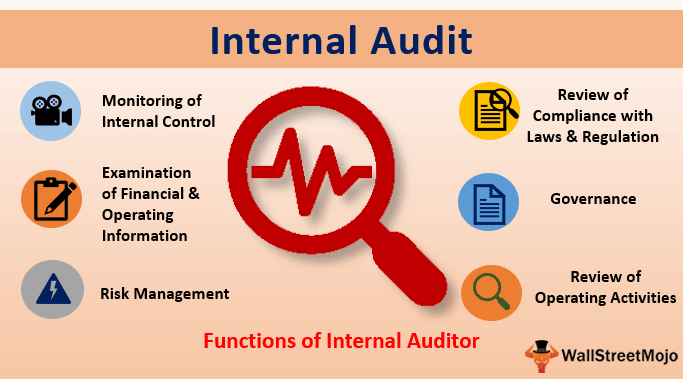Difference between statutory audit and internal audit
Difference between statutory Audit and Internal audit
Statutory Audit:

Internal Audit

Basis | Internal Audit | Statutory Audit |
Objective and Scope | The scope of internal auditors is beyond the accounting and financial records to obtain the full understanding of the operations of the organization. The objectives and scope of the internal audit are determined by management. | The external auditor, on the other hand has a statutory responsibility to report on the true and fair view of the accounts of the company and whether proper books of accounts and other accounting record have been kept. |
Appointment | The internal auditor is appointed by the management | The external auditor is appointed by the shareholders of the company in the annual general meeting in accordance with the provisions of the relevant Companies Act |
Accountability | Internal auditors are accountable to the management | A statutory auditor is accountable to the shareholders of the company |
Qualification | There are no minimum qualifications prescribed under the Companies act for the persons appointed to act as internal auditors. | The qualifications of the statutory auditors are prescribed under the provisions of the Companies Act. |
Right to access books and other information | There are no such rights available to the internal auditor. | The Companies Act allows the statutory auditor, the right of access at all times the books and accounts and vouchers of the company, whether kept at the head office of the company or elsewhere. |
Buy Classes:https://www.conceptonlineclasses.com/course/costaudit-pdhardbook-jun2019
#Differencebetweenstatutoryauditandinternalaudit
.jpg)
Top Reviews

Introduction to Statistics for CA Foundation
Introduction to Statistics for CA Foundation Business Mathematics, Logical Reasoning and Statistics is designed as per latest CA Foundation syllabus for Paper 3 to provide a firm grounding in the principles, techniques and practice. The book adopts self-study approach and has been written in student-friendly manner. With a blend of conceptual learning and problem-solving approach, it offers in-depth understanding of the basic mathematical and statistical tools. #introductiontostatistics
.jpg)
Chapter X of Companies Act 2013
Chapter X of Companies Act 2013 The company shall place the matter relating to such appointment for ratification by members at every annual general meeting. ... Under the Act, the provisions for rotation of auditors in the listed Company & certain other class of Companies, have been provided for. #chapterxofcompaniesact2013
.jpg)
Relevant sections under the Companies Act, 2013 dealing with fraud and false statements
Relevant sections under the Companies Act, 2013 dealing with fraud and false statements The new parent corporate law “The Companies Act 2013” is mostly ... I am limiting my write-up to the provisions to the Act, and I request the readers to refer relevant rules, if any, before ... in the 2013 Act is the Section 447 dealing with “Punishment for fraud”. ... Section 448
.jpg)
What is Corporate Image
What is Corporate Image A corporate identity or corporate image is the manner in which a corporation, firm or business enterprise presents itself to the public. The corporate identity is typically visualized by branding and with the use of trademarks, but it can also include things like product design, advertising, public relations etc #WhatisCorporateImage
.jpg)
What is Energy Audit
What is Energy Audit An energy audit is an inspection survey and an analysis of energy flows for energy conservation in a building. It may include a process or system to reduce the amount of energy input into the system without negatively affecting the output. #whatisenergyaudit

.png)
.png)
.png)
.png)
.png)
